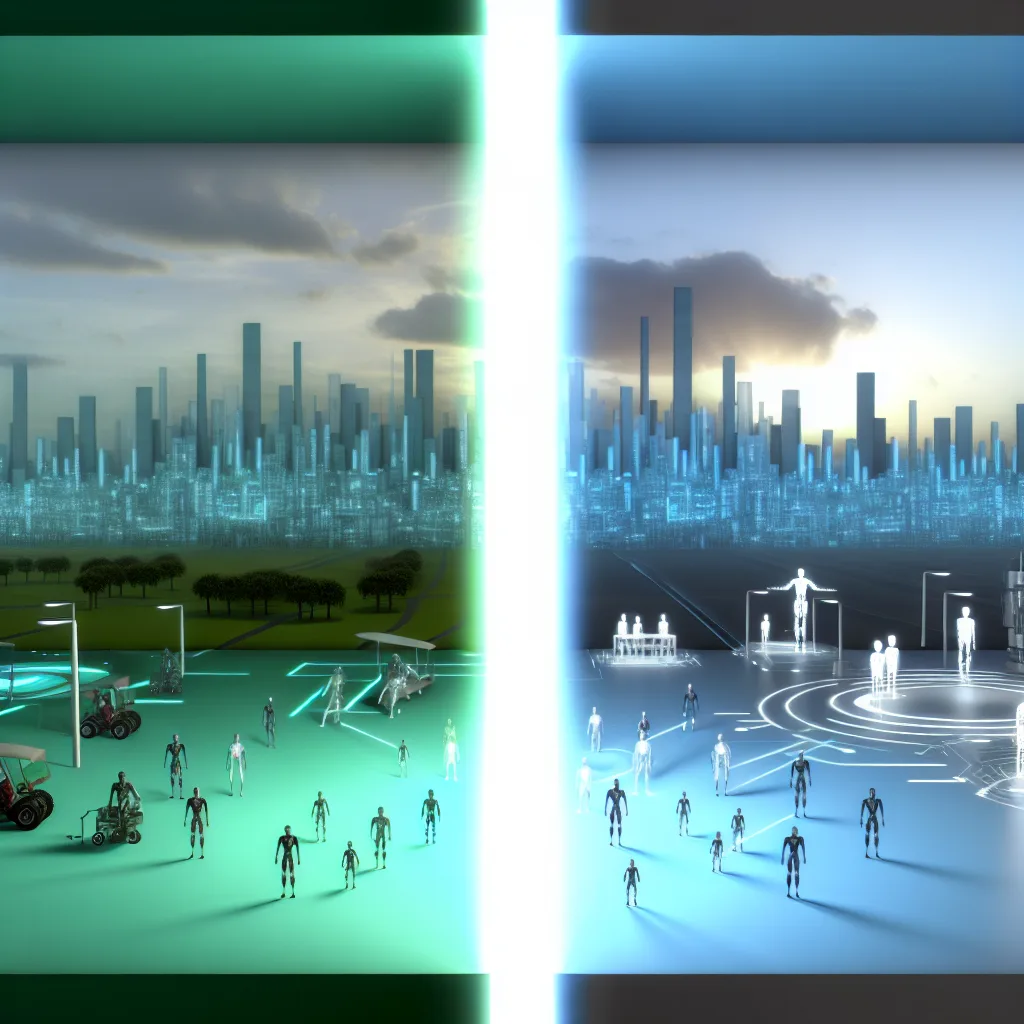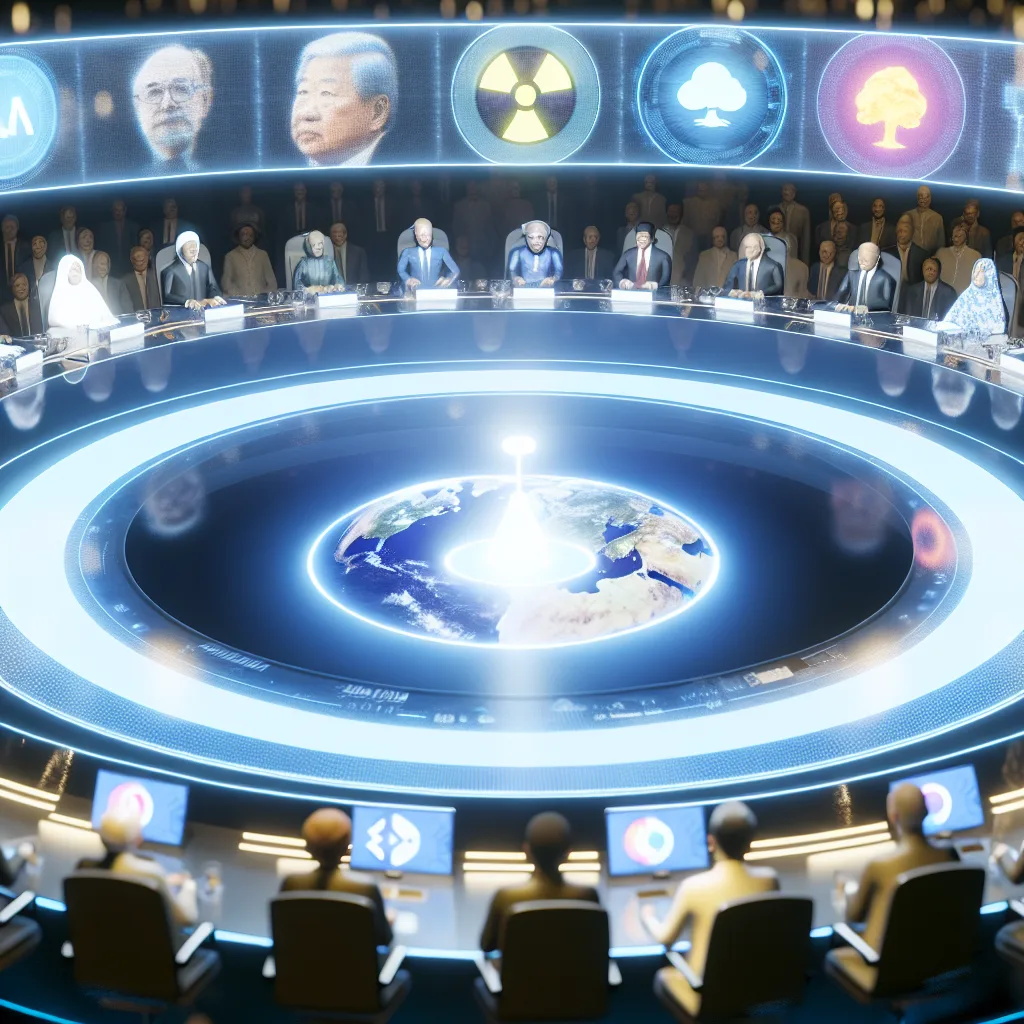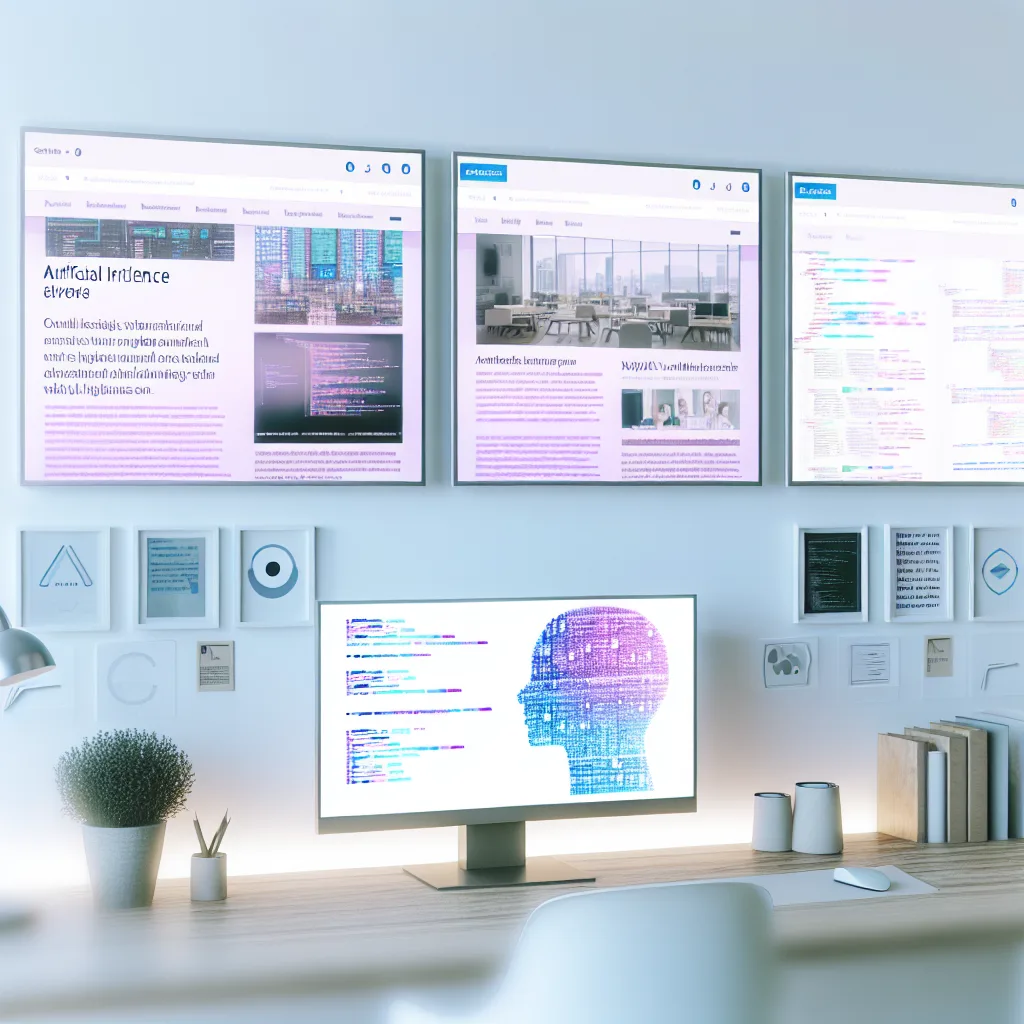How AI is speeding up ideas to prototypes and why this era is perfect for startups and job seekers
If you’re someone who likes to build things—whether that’s a startup, a new app, or a creative project—the rise of AI for builders is something you’ve probably noticed recently. But what does it actually mean? Honestly, AI hasn’t taken over the hardest parts of building. Instead, it’s cleared away a lot of friction that used to slow us down. That means ideas you have can turn into real working prototypes faster than ever before.
What Does AI for Builders Really Do?
AI isn’t replacing skills or the tough stuff—nope, it just speeds up the parts that used to drag on. For example, if you want to test a new app concept, AI tools can help generate code snippets, design mockups, or even create basic content with a few prompts. That way, you don’t need to spend days or weeks on early drafts. You get to focus on executing and learning, which is where the real value lies.
Why This Is a Big Deal for Startups
If you’re part of a startup or thinking about launching one, now’s your moment. The playing field has leveled a bit. Smaller teams can move faster and iterate more because they’re not bottlenecked by traditional resource-heavy steps. Instead of waiting for designers, developers, or copywriters to create the first versions, you can prototype early and often. This helps catch mistakes quickly and build something that really fits what people want.
For Job Hunters: Leveling Up is Key
While AI tools can feel like competition, I see them more like a new toolset everyone should embrace. If you’re hunting for jobs, think about how AI for builders can be part of your skills. Knowing how to leverage these tools shows employers you can move fast and adapt. It’s not just about knowing your craft anymore; it’s about working smarter with the tech available.
Some Real-World Examples
- A solo entrepreneur can build a landing page with AI-powered design assistants much quicker than before.
- Developers can use AI code helpers to generate or troubleshoot snippets, shortening the development cycle.
- Content creators can draft copy using AI and then fine-tune it, cutting down creative blocks.
A Few Resources to Check Out
If you want to explore these AI tools, check out OpenAI’s API for coding and content models. For design, Canva recently integrated AI elements that help non-designers create visuals easily. And for developers, GitHub Copilot is a great place to start using AI to assist with code.
Wrapping It Up
The upsides of AI for builders come when you can execute fast, learn from each experiment, and keep moving. It’s not a magic wand, but it’s close enough to make building feel a lot less painful. If you’re building anything, it’s a great time to tap into these tools and see what you can create.
P.S. I’m curious—if you’ve tried using AI in your projects, what’s been your experience?






